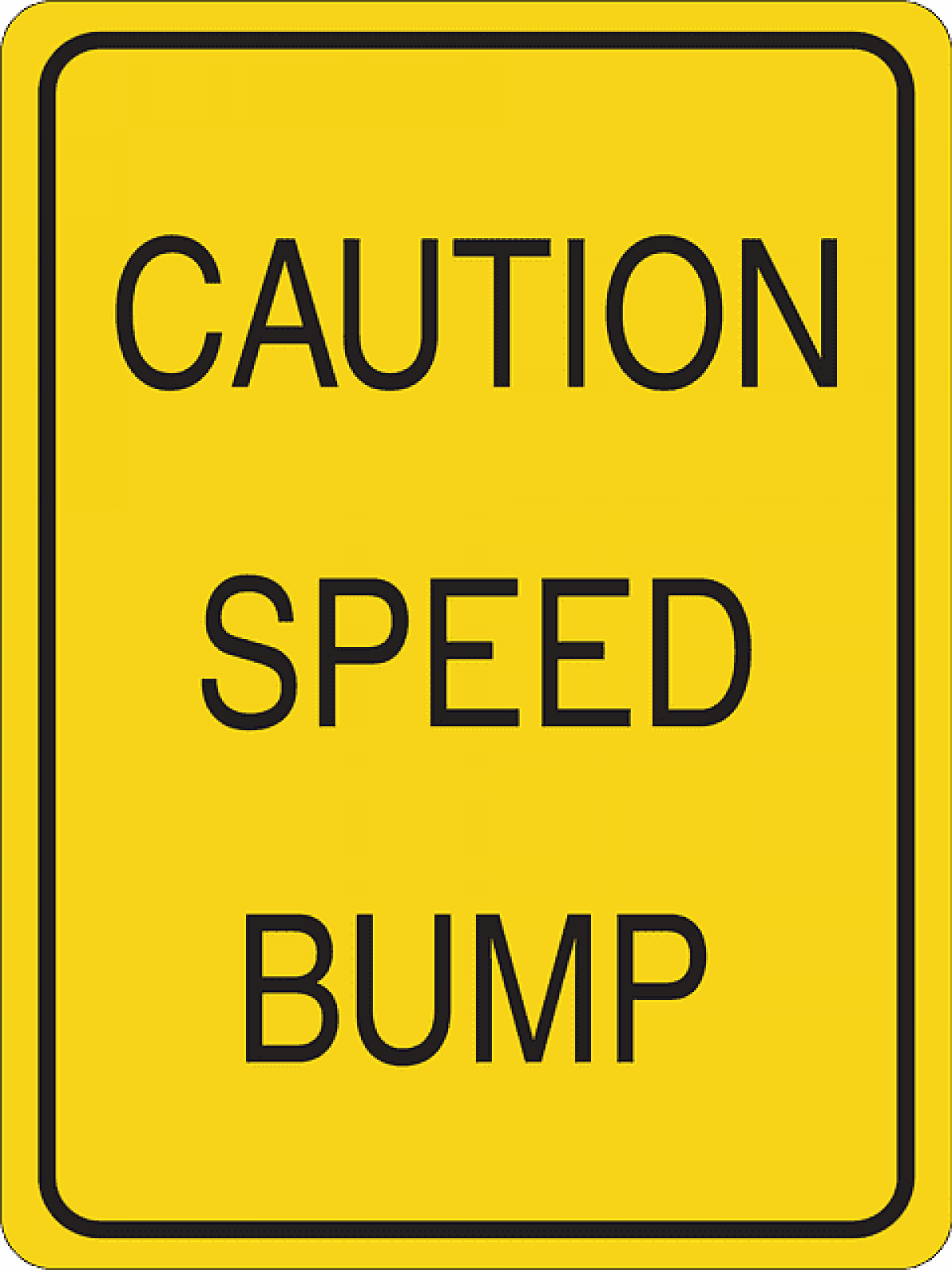On Feb. 1, ICE Futures US Inc., informed the Commodity Futures Trading Commission that it was instituting a new “speed bump,” formally called the Passive Order Protection (or POP) Functionality for its gold daily and silver daily futures markets.
The idea of POP is to limit the advantage that can be derived from high-speed hardware and software, imposing a delay on aggressive orders that would normally be executed against a resting or passive order.
The Exchange explained, in the Feb. 1 letter signed by Jason V. Fusco, Assistant General Counsel, Market Regulation, that ICE is instituting POP functionality “to encourage additional market participants, who may not otherwise trade certain Exchange markets, due to a latency disadvantage.” These additional participants will be lured in by the assurance that their “latency” will not be a grave liability and will in turn add to both volume and liquidity, particularly in markets where latency arb is common.
CFTC Approves/Allows the Speed Bump
ICE informed the CFTC of this rule because the CFTC is entitled to second guess the exchange’s self-regulatory decisions, and it might have flattened the “speed bump.” But it chose not to second guess, and this became the first instance of such an asymmetric speed bump receiving the approval of the CFTC. Due to the novelty, there is no existing body of data as to the effectiveness of this sort of rule in the commodities markets, inclusive of the specific markets, gold and silver futures, involved here.
CFTC Commissioner Dan Berkovitz wanted to disapprove the rule change. Berkovitz said that because the exchange is purposely disadvantaging particular trading entities, strategies, and technologies, its rule change should only be accepted if it can give a “compelling explanation and analysis” as to why the CFTC should not find the rule to be in violation of the Commodity Exchange Act and its fundamental objectives. Further, Berkovitz says no such compelling explanation has been forthcoming.
Another Point of View
Commissioner Dawn D. Stump, has issued a statement in support of the rule change, or at least in support of allowing the CFTC’s speed bump experiment to proceed. But she did want to make clear her view that the approval is valid only in a very specific context. If the ICE decides to “implement a speed bump in any other market, and/or on any other terms”—for example involving a delay longer than the three milliseconds involved here—it will have to resubmit as a new rule change.
Robert Zwirb, in a recent contribution to TabbFORUM, indicates that he is not persuaded of the value of speed bumps, but he is also unpersuaded of the need for CFTC action of the sort Berkovitz suggests, namely to block them. ICE is not a monopoly, Zwirb says, as it is “in active competition with other derivative exchanges worldwide for product listing.” Also, the users are not sacrificial lambs, but institutional investors with savvy managements. So, it is not clear whom CFTC intervention would be necessary to protect.
Theory and Practice
Latency arb is a subject of continued fascination among financial theorists. It seems to run counter to the very fundamental notion that any particular type of alpha arising out of an inefficiency will draw new entrants, and that the alpha will disappear as the trade gets crowded.
High-frequency profits don’t seem to decline even as the numbers of high-frequency traders increase. Three years ago a paper submitted to the Asian Finance Association annual conference made note of this and proposed an explanation. It seems that some high-frequency traders are effectively disrupting markets while other traders are working to profit (arb) off the disruptions through latency arb. There is enough of the former HFT activity so that the latter never does manage to close the window the former group opened.
Or, in the terms of the authors of this paper, “the activity of disruptive HFT outweighs the activity of index arbitrage HFTs.”




